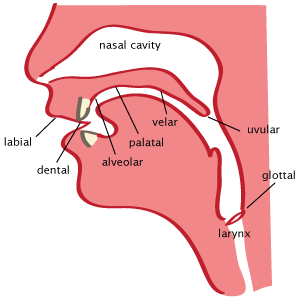Again, there is need to look for archaeological corroboration for these statements. The first known evidence of chariot comes from early 2nd millenium BC in Sintashta - Arkaim. There is no reason to suggest that India is the origin of chariot and equestrian technology.RajeshA wrote: Indians were able to push through their vocabulary for two reasons
1) Not the Horse was Indian, but because the Technology going with the Horse was Indian - rath, and thus the Indian word for horse came into use.
If India is the origin of these terms, why do works on Indian etymology (Nirukta/Naighaṇṭuka) are silent on etymology of the word 'ratha' or 'cakra'. One needs to look at PIE reconstruction to figure out that the PIE word for wheel 'kʷekʷlos' derives from 'kʷel' the verb root that means 'to turn' or 'to move'.
The web-network of OIT protagonists do claim chariotry origin in India. But knowledge of inventions like stirrup being in India is not very common.
The solid reconstruction of wagon and equestrian terminology in almost all major language groups of IE family is proof that the IE dispersal took place only after horse domestication and development of related locomotion technology. The earliest evidence of horse domestication is a solid clue to where the linguistic origin of IE family lies.
Yes, a fantasy about winged horse makes it an imported entityI would say, one even tends to fantasize and romanticize a lot more about things that aren't really in one's immediate environment, e.g. the winged horse We Indians may have Gods with animal attributes, but we don't have fantastical creatures based on our native macrofauna. There aren't flying elephants, for example.
One needs to understand that these are methods of poetic symbolism. A mention of winged horse doesn't mean the horse was imported through trade. It's a poetic description of a horse gallop smooth as a bird's flight.
So what amazes me is that RgVeda and Mahabharata of proposed 3000 BC and before had these elaborate breeding programs, yet the largest city state civilization that follows for 2000 years afterwards (IVC) has no conclusive proof of horse domestication. And before we even show photos of Horse bones of Surkotada, let's take a cursory look at what constitutes "conclusive proof for horse domestication" amongst equestrian specialists:Rajas which could not import these horses easily from the Central Asian Steppes, for them their breeding programs were even more important.
1. Findings of horse furniture (cheek-piece, bit, bridle etc) in properly stratified archaeological contexts.
2. Analysis of bitwear (the occlusion that occurs on premolars) on horse teeth.
RgVeda mentions all the horse furniture mentioned above; but the first conclusive evidence of domesticated horse in Indian subcontinent somehow appears only in early 2nd millenium BC.


